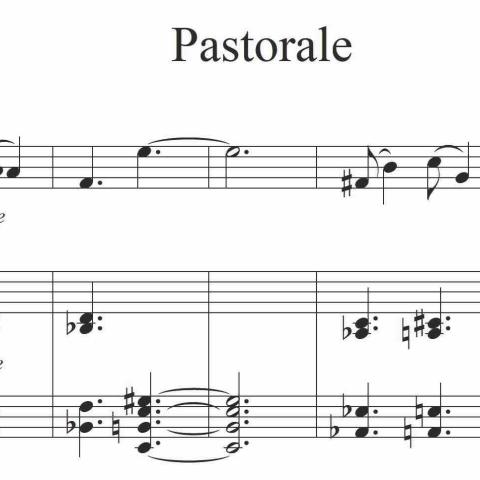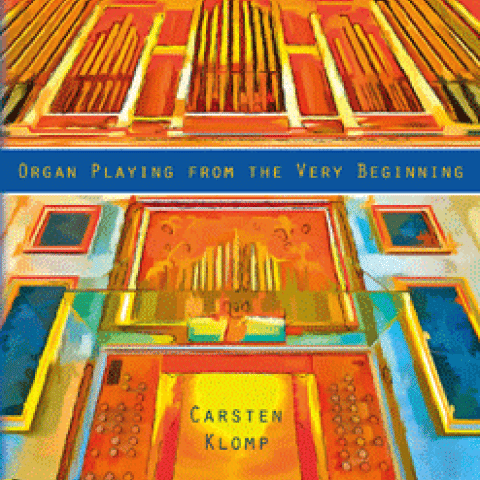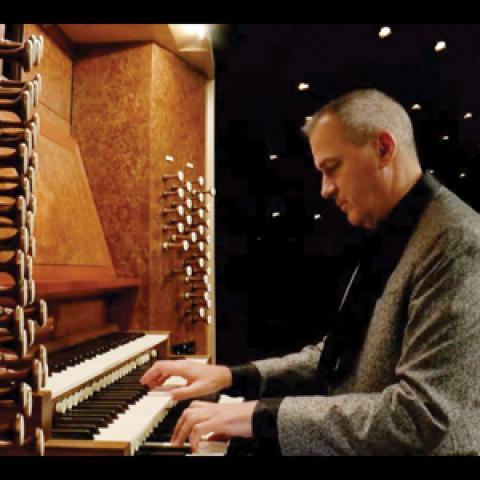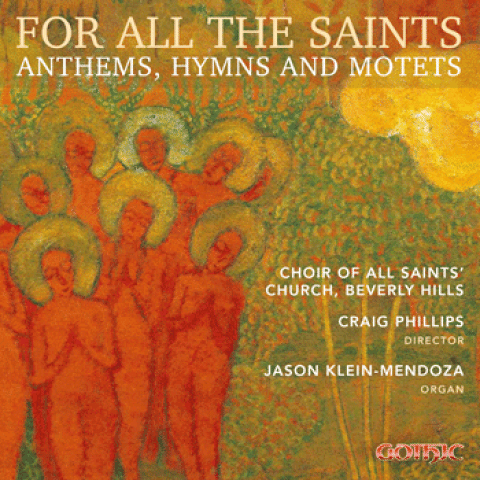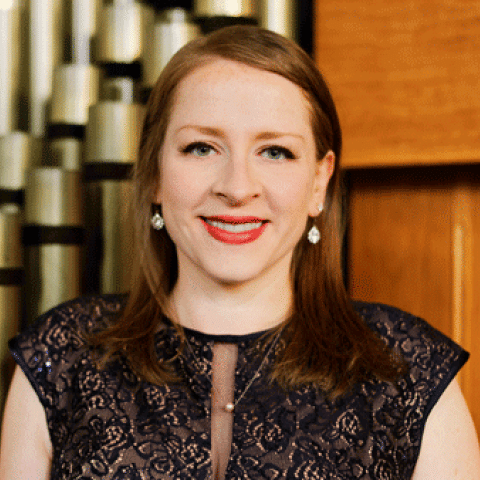
ClarNan Editions announces a new organ publication: Music of Florence Beatrice Price, Complete Organ Works, Volume 5 (CN 114, $35).
Price (1887–1953) is noted as the first African-American woman successful as a classical composer; her first symphony was premiered at the Chicago World’s Fair in 1933 by the Chicago Symphony Orchestra. A native of Little Rock, she graduated at the top of her class at the New England Conservatory in 1905 and made her career in Chicago, where she was a member of the Chicago Club of Women Organists.
Volume 5 includes her Passacaglia and Fugue as well as six short pieces: Andante, Cantilena, Caprice, Hour of Peace (or Hour of Contentment, or Gentle Heart), Little Pastorale, and Tempo moderato.
All organ volumes are edited by Calvert Johnson, who also recorded the music in the first four volumes in Chicago Renaissance Woman: Florence B. Price Organ Works (Calcante CD0014).
The music can be obtained through Classical Vocal Reprints: www.classicalvocalreprints.com or 800/
298-7474.
The recording can be obtained from Calvert Johnson: [email protected].

